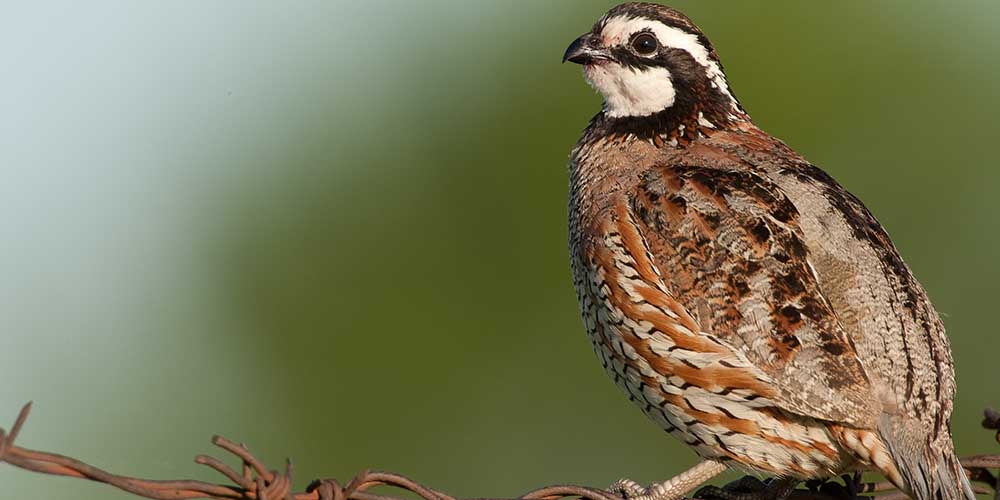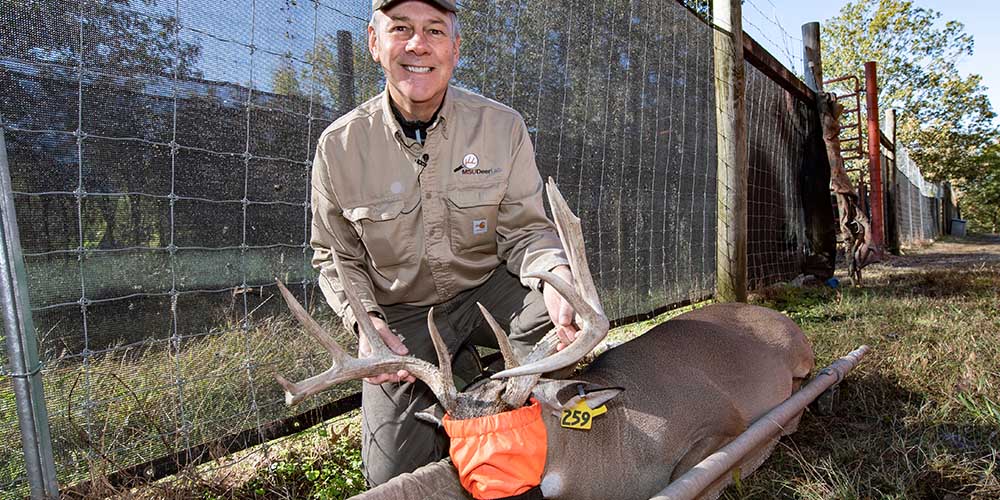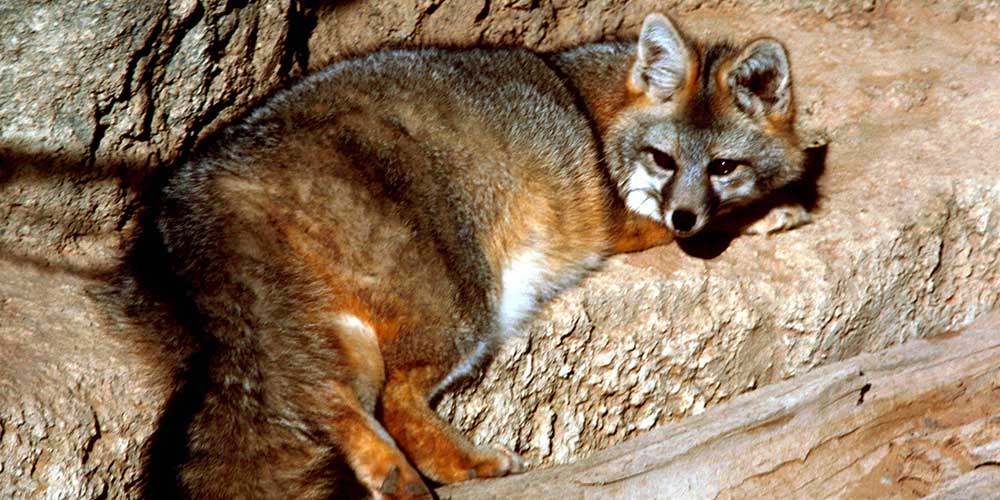Related Stories
Wildlife Stories

A Quill in the Cap for Quail Management
The Bobwhite Quail species population has declined by 85 percent over the past 50 years and Drs. Wes Burger and Bill Palmer partnered to research and help land managers produce and maintain a high population of Bobwhite Quail on conservation lands, in response to the species population decline. They conducted their study in a pine and grass ecosystem known as the “Redhills” in parts of Florida and Georgia to find how food availability influences the way quails move and forage. They learned that the species population has declined because of a lack in the plant communities they need are no longer a part of the working agricultural and forest landscapes, yet the population persists in areas where land management practices create and maintain those essential habitats. They found in their studies, that food abundance affected the amount of time birds spent foraging, yet it didn't affect the movement rate or home range size.
Their research resulted in showing that supplemental feeding does affect a quail’s behavior and foraging efficiency. So, if landowners intend to feed and help protect the quail population, they should strategically feed at a density that approximates a high amount of feed every fifteen days so that the birds do not leave the environment in search of food.
2018

Environmental Sentinels
Mississippi State University researchers, led by Dr. Steve Demarais, are pioneering a new method for detecting Chronic Wasting Disease (CWD) in deer before symptoms appear. The team is investigating the use of deer "scrapes"—areas where bucks leave saliva, urine, and paw marks—as early warning signals for CWD. Scrapes could indicate the presence of prions (infectious agents of CWD) even before a deer shows symptoms. The team has found CWD prions in scrapes up to 19 miles away from known infected deer. This method could offer a more cost-effective and timely approach to monitoring CWD, helping wildlife agencies detect the disease in new areas more efficiently.
Research partners include the University of Minnesota and MSU's Veterinary Research and Diagnostic Lab. Positive results from scrape samples would inform hunters to test harvested deer but would not trigger a CWD Management Zone.
2023

Understanding Ecology of Gray Foxes and Asian Bear Population Estimation
Finding better ways to study foxes and bears in the forest helps animals and humans alike, according to one FWRC population ecologist. Dr. Dana Morin, assistant professor of wildlife ecology and FWRC scientist is motivated to discover the best animal population monitoring methods. Morin contributed to two studies considering how to utilize camera traps to monitor population trends and understand drivers of population change amongst different species. She and her collaborators from the U.S. Forest Service, Southern Illinois University Carbondale, and the Illinois Natural History Survey studied how competition may contribute to population declines in gray foxes. Morin also has evaluated combined methods in her current research to discover what density estimation methods are best suited for monitoring Asian bears.
The team found that unmarked estimation methods were unreliable for low density species, the case for most Asian bear populations, but accuracy and precision improved when camera trap data was used in conjunction with additional sampling methods. In addition, the research concluded that detecting population declines in Asian bears or other low-density populations would require sampling at extensive spatial scales, collaborations, and coordination of study designs and sampling protocols. The gray fox research was funded by Illinois Department of Natural Resources, Federal Aid in Wildlife Restoration Project, USDA Forest Service, Pacific Northwest Research Station, and USDA National Institute of Food and Agriculture McIntire Stennis Program. The Asian bear research was supported by USDA National Institute of Food and Agriculture McIntire Stennis Program with additional funding provided by the Research Council of Norway.